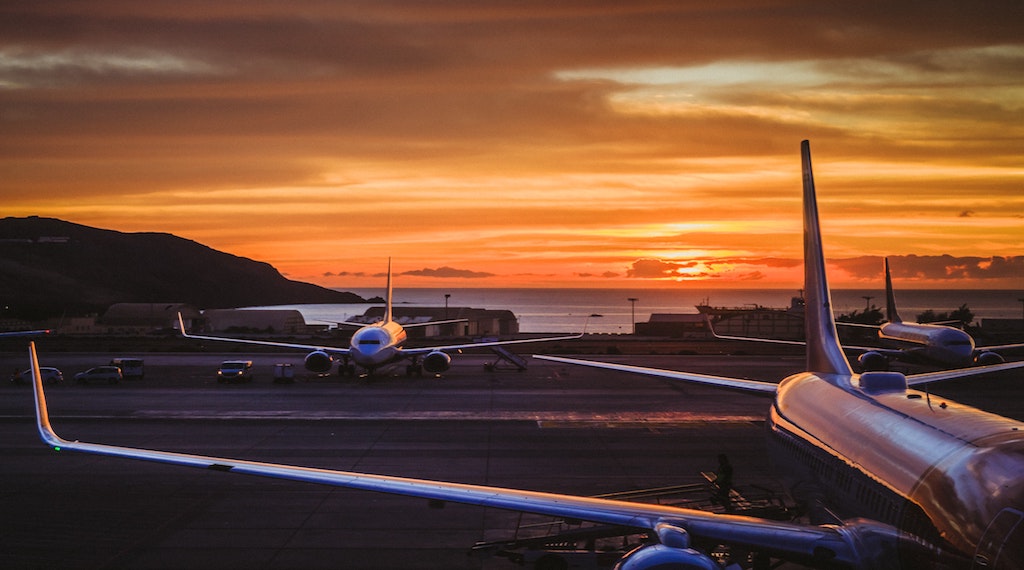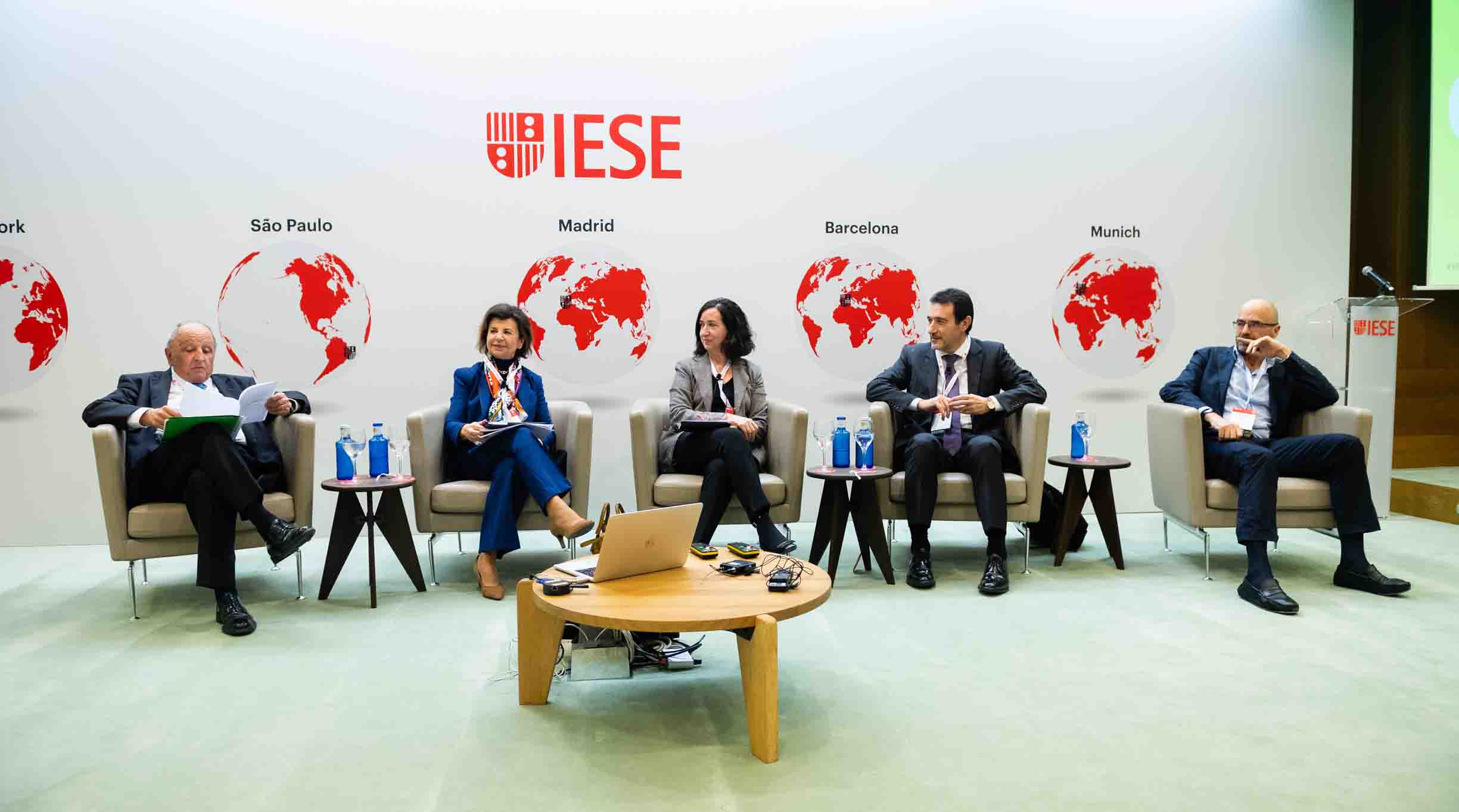Stories
Industry experts discuss tourism’s post-COVID comeback
Speakers at IESE's 7th Real Estate Industry Meeting are optimistic about the future
The health crisis and its mobility restrictions were especially devastating to the travel industry.
July 2, 2021

While the COVID-19 pandemic battered an array of business sectors, tourism sector activity ground to a virtual halt at the start of the pandemic, and continued mobility restrictions have left its recovery a fragile one.
A panel at IESE’s 7th Real Estate Industry Meeting yesterday focused on tourism’s recuperation, as industry leaders spoke, often optimistically, about when it might regain full health and how tourism may be forever altered.
Before addressing the future, guest speakers acknowledge that the past 18 months of the health crisis had been “the most convulsive and unexpected period [they] could imagine,” in the words of Maria Jesús López Solás, the chief commercial, network development and alliances officer at Iberia airline.
Indeed, even with vaccination campaigns proceeding at a healthy clip across much of Europe and North America, tourism industry analysts expect about half as many people to visit Spain in 2021 as they did in 2019, when a record 84 million international travelers descended on the country.
A widespread longing to travel
But there are encouraging signs of progress, particularly with summer bookings by domestic travelers.
“There’s an enormous accumulated demand,” said Concha Osácar, a founding partner at Azora, a residential investment manager. “Traveling is a necessity, especially in Europe, where it forms a part of our DNA. What we need are clear rules and measures. It’s madness to have this current confusion.”
How can this modest recovery continue? The fundamental issues are keeping virus spread under control and the subsequent elimination, or relaxation, of mobility restrictions.
“We had the gift of discovering vaccines within less than a year from the dawn of the pandemic,” said Lopéz. “And we’re optimistic that if restrictions continue to be relaxed, that with more time, perhaps one year, the [tourism] levels will recuperate.”
Uncertainty lingers, as the worrying spread of the Delta variant is now making clear. A more industry-specific challenge is posed by the international nature of long-haul travel between countries with widely discrepant health situations and restrictions on daily life and movement.
Future itineraries
“Travel processes and procedures must be simplified,” said Osácar. “And we have the health infrastructure in place to do it.”
Streamlined COVID-19 testing, European vaccination passports and travel insurance policies would all aid the recovery. So would improved “connectivity” allowing better communication and more knowledge sharing between airlines, hotels and tour operators, which have long been popular with British visitors to Spain but often work in isolation from Spanish tourism representatives. Connectivity also includes a closer relationship between the travel sector and public transportation with the goal of easing travel between perennial tourist hubs and destinations off the beaten path.
The importance of agility
The health crisis has highlighted the need to more quickly adapt to changes that were rattling the tourism sector well before the pandemic.
“Digitilization is key,” said Lucía Méndez-Bonito the CEO of B&B Hotels Spain & Portugal. “We’ve made progress, but still have a long way to go. Nearly all the processes now are digital. In a sense, the pandemic has helped us here. Is there really a need to endure a long check-in process at this point?”
Millennials have helped make digital processes the norm. Younger travelers have also been instrumental in making the travel industry think more sustainably and to repurpose certain spaces, like hotel lobbies, to mimic coworking offices.
“This is a flexible, agile sector,” said Lopéz. “Tourist habits are always changing. We’re prepared to modernize and innovate in order to meet those changing habits.”
When will tourism make a full return to its pre-pandemic health? The speakers agree that predictions are tough to make given the still-volatile nature of the virus, but that it might largely recuperate over the course of 2022.
“Day by day, the recovery gets closer,” said Méndez-Bonito.

